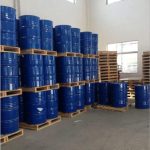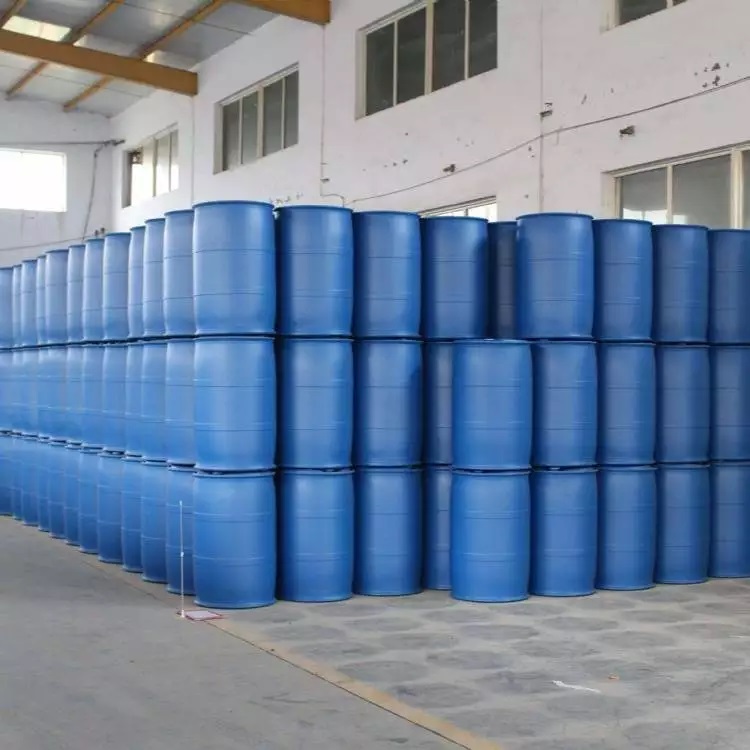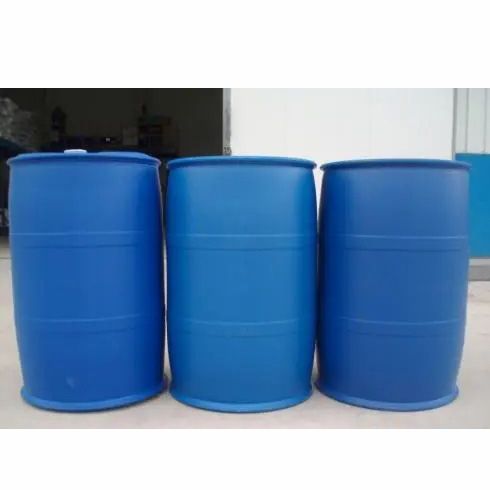
Triethanolamine(TEA)
Triethanolamine Triethanolamine is also known as trihydroxyethylamine and aminotriethanol. It is a colorless oily liquid with an ammonia smell. It easily absorbs water and turns brown when exposed to air and light. It becomes colorless or light yellow cubic crystals at low temperatures. Melting point 21.2℃, boiling point 335.4℃, 277℃ (19.950kPa), 206~207℃ (1.995kPa), relative density 1.1242, refractive index 1.4852. Kb=2.5×10-10. The pH of 0.1mol/L aqueous solution is 10.5. It is miscible with water, methanol and acetone. It is soluble in benzene and ether, and slightly soluble in carbon tetrachloride and n-heptane. It is a strong base that combines with protons and can be used for condensation reactions. In analytical chemistry, triethanolamine can be used as a stationary liquid for gas-liquid chromatography (the maximum operating temperature is 75℃, and the solvent is methanol and ethanol), and is used to separate pyridine and methyl substituted products. In complexometric titration Chemicalbook and other analyses, it can be used as a masking agent for interfering ions. For example, in a solution with pH = 10, when EDTA is used to titrate magnesium, zinc, cadmium, calcium, nickel and other ions, this reagent can be used to mask titanium, aluminum, iron, tin and other ions. In addition, it can also be mixed with hydrochloric acid to form a buffer solution with a certain pH value. Triethanolamine is mainly used to manufacture surfactants, liquid detergents, cosmetics, etc. It is one of the components of cutting fluids and antifreeze. It is used as an activator in the polymerization of nitrile rubber and a vulcanization activator for natural rubber and synthetic rubber. It can also be used as an emulsifier for oils, waxes, pesticides, etc., a humidifier and stabilizer for cosmetics, a softener for textiles, and an anti-corrosion additive for lubricating oils. Triethanolamine can absorb gases such as carbon dioxide and hydrogen sulfide, and can remove acidic gases in the purification of industrial gases such as coke oven gas. It is a commonly used masking agent in EDTA titration. my country stipulates that the allowable concentration in the air is 3μg/g.








